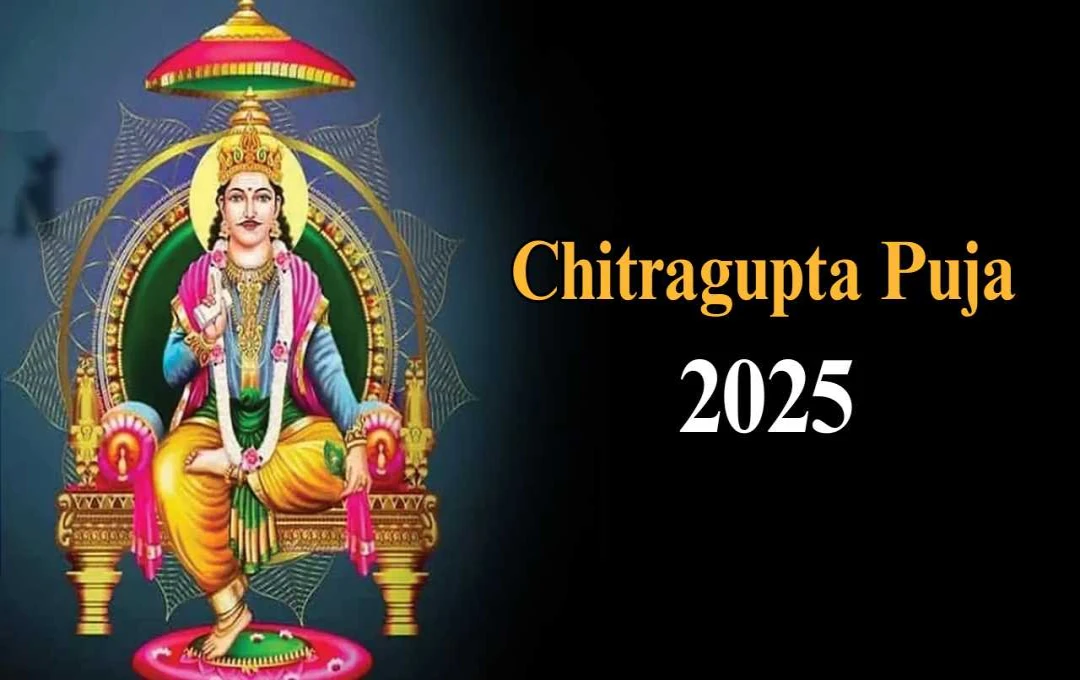In Pitru Paksha 2025, Mahalaya will be observed from September 7 to September 21, with Shraddha and Tarpan holding special significance. Performing Tarpan for ancestors during this period brings peace to their souls and fosters prosperity, wealth, and knowledge in the family. Offering Tarpan with the correct method and devotion also leads to positive changes in life.
Pitru Paksha 2025: During Mahalaya, celebrated from September 7 to September 21, the significance of Shraddha and Tarpan increases for the peace of ancestral souls. This festival is observed in India according to traditional customs and religious texts. Performing Tarpan for ancestors during this time, with their blessings, leads to an increase in happiness, prosperity, wealth, affluence, and knowledge in life. Tarpan performed at the right time, with the correct method, and with complete devotion also brings positive changes and balance to the family.
Significance of Tarpan in Brahmavaivarta Purana

Tarpan holds special importance in Shraddha as it satisfies and gratifies the ancestors. According to the Brahmavaivarta Purana, just as rainwater takes different forms in various places—a pearl in an oyster, camphor in a banana plant, grain in a field, and mud in dust—similarly, the water offered in Tarpan provides appropriate food and satisfaction to ancestors in different forms of existence. This process brings peace to the souls of the ancestors, and the person performing Tarpan also receives benefits, progress, and prosperity in jobs, business, and other aspects of life.
Six Types of Tarpan
According to astrology and scriptures, Tarpan is primarily performed in six ways: Deva Tarpan, Rishi Tarpan, Divine Human Tarpan, Divine Ancestor Tarpan, Yama Tarpan, and Human-Ancestor Tarpan. Following all types methodically yields greater benefits.
Method of Performing Tarpan
While performing Tarpan during Shraddha, one should offer water mixed with milk, barley, rice, and Ganga water to the ancestors in a clean pot. Facing south, sit with the left knee bent. A male performing the ritual with a sacred thread (janeu) should lift the thread from the left shoulder to the right shoulder and slowly offer water with the support of the thumb. This posture is known as the Pitru Tirtha mudra. It is mandatory to offer three handfuls of water to each ancestor. The act of Tarpan should always be performed wearing clean clothes and with complete devotion, as without devotion, this religious practice is considered Tamasic (obtuse) and incomplete.
Thus, Tarpan performed with the correct method and devotion during Pitru Paksha not only brings peace to the souls of the ancestors but also disseminates happiness, peace, and prosperity within the family.















